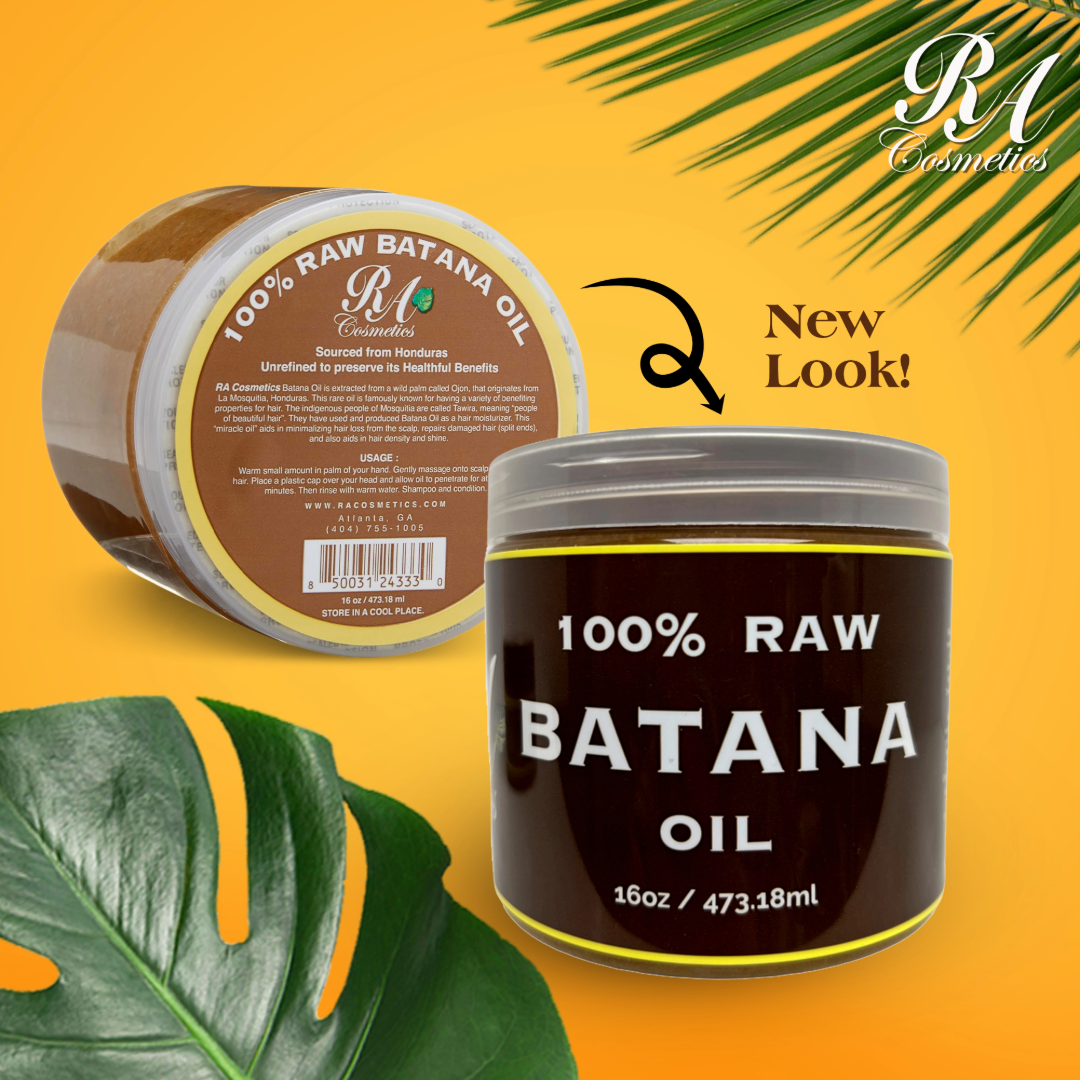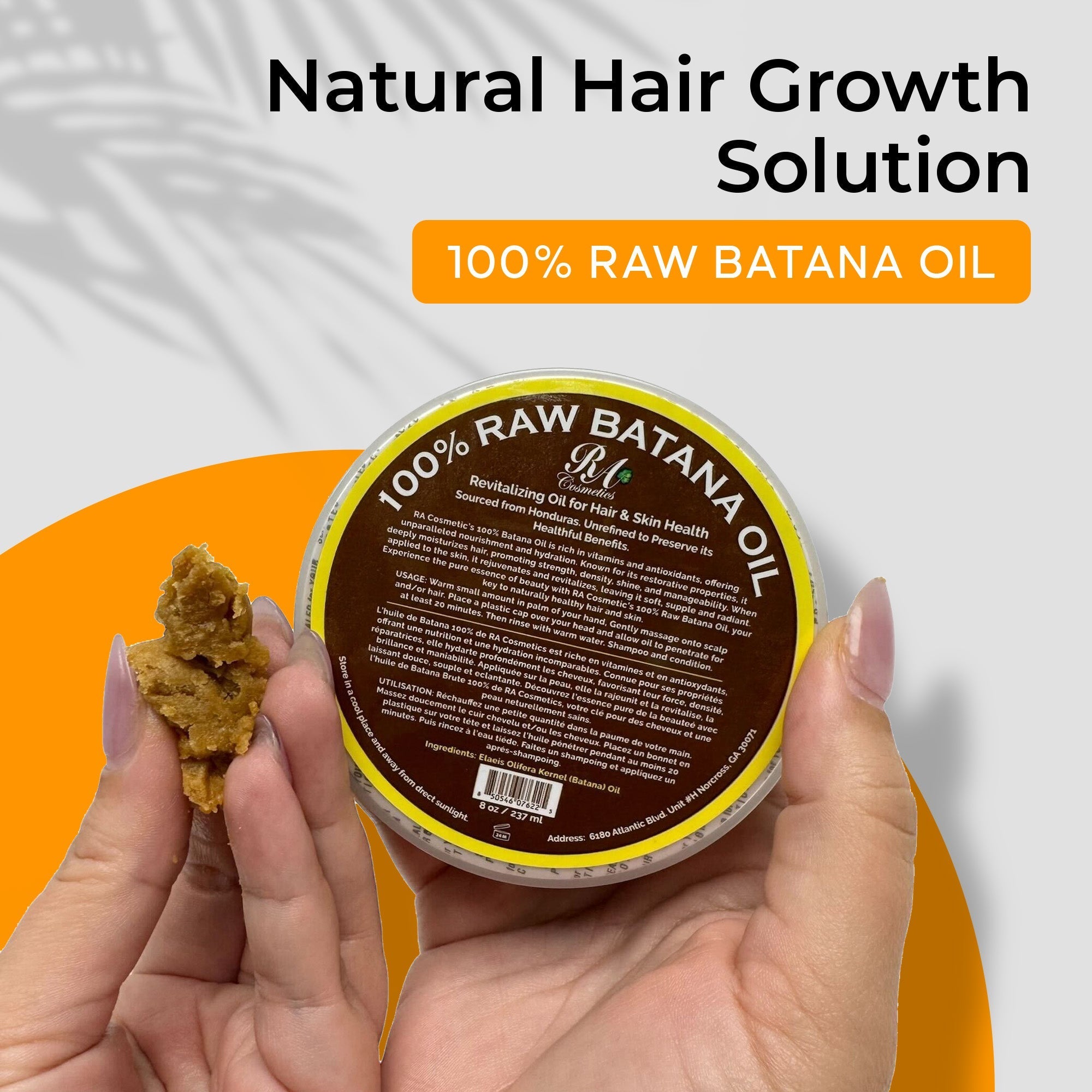
What Is Hair Porosity and Why It Matters: A Guide to Healthy Hair Care
, by RA Cosmetics Administration, 8 min reading time

, by RA Cosmetics Administration, 8 min reading time
Discover the crucial role of hair porosity in maintaining vibrant, healthy hair. This article unpacks what hair porosity is, its types—low, medium, and high—and why it matters for your hair care routine. Learn how to identify your porosity and select the right products to enhance moisture retention and reduce dryness, frizz, and breakage. Tailor your hair care strategy for optimal health and stunning results.
Understanding hair porosity is essential for anyone seeking healthy, vibrant locks. Hair porosity refers to how well your hair can absorb and retain moisture, and it plays a crucial role in determining your hair care routine. Whether you have low, medium, or high porosity hair, knowing your hair's porosity can help you choose the right products and techniques to keep it looking its best.
Understanding hair porosity is essential for selecting the right hair care products and techniques. Hair porosity refers to the hair's ability to absorb and retain moisture, which impacts its overall health and appearance.
Hair porosity defines how well your hair absorbs and retains moisture, influenced by the hair cuticle's structure. The cuticle consists of overlapping scales that can be tight, loose, or damaged, affecting porosity levels. Low-porosity hair resists moisture absorption, while high-porosity hair absorbs moisture quickly but struggles to retain it.
Understanding hair porosity is crucial for effective hair care. It directly affects hair health and the effectiveness of the products used.
Hair porosity significantly influences your hair's overall health. Low-porosity hair often suffers from dryness due to product buildup, requiring specific moisturizing techniques and lightweight formulations. Medium-porosity hair typically maintains a balance of hydration and manageability, allowing for versatile styling options. High-porosity hair may experience frizz and breakage, needing heavier creams and regular protein treatments to restore strength. Recognizing your hair's porosity aids in selecting the right care methods, promoting nourishment and vitality.
Product absorption varies based on hair porosity, affecting your hair care routine. Low-porosity hair struggles with absorbing heavy oils and creams, necessitating heat application for better penetration. Medium-porosity hair absorbs most products efficiently, allowing for a wider range of options. High-porosity hair, while quick to absorb products, often requires consistent moisturizing and sealing to prevent moisture loss. Tailoring your product choices to your hair's porosity ensures maximum effectiveness and promotes lasting hydration.
Determining your hair porosity helps you select the right products and techniques for healthy hair. Several methods exist for testing porosity and observing hair characteristics that indicate your hair type.
These methods enable you to effectively determine your hair porosity and tailor your hair care routine for optimal results.
Managing hair porosity effectively enhances moisture retention and overall hair health. Follow these targeted tips based on your hair's porosity type.
By tailoring your hair care routine based on your specific porosity type, you enhance your hair's ability to absorb and maintain moisture, leading to healthier hair overall.
Understanding hair porosity is essential for achieving healthy and beautiful hair. You can choose the right products and techniques to cater to your hair's unique needs by identifying your hair's porosity type. This tailored approach enhances moisture retention, improves overall manageability, and reduces issues like frizz and breakage.
With the right knowledge and strategies, you'll be well on your way to unlocking your hair's full potential. Embrace your hair's porosity and invest the time to develop a personalized care routine that leads to vibrant and resilient locks. Your hair deserves the best care possible, and knowing its porosity is the first step toward achieving that.
Hair porosity refers to the hair's ability to absorb and retain moisture. It is determined by the structure of the hair cuticle, influencing how healthy hair can take in products and keep them locked in.
Understanding hair porosity helps you choose the right products and techniques for your hair care routine. It directly impacts your hair's health, moisture retention, and appearance.
There are three types of hair porosity: low, medium, and high. Low-porosity hair has tightly packed cuticles, medium-porosity hair has a balanced structure, and high-porosity hair has gaps that allow quick moisture absorption.
You can determine your hair porosity using methods like the Water Test, Slip n Slide Test, and Spray Test. These tests help assess how your hair behaves with water and products.
For low-porosity hair, use lightweight products, apply heat while conditioning, and avoid heavy creams. Clarifying shampoos can also help remove buildup.
Medium-porosity hair is manageable and balanced. To maintain its health and vibrancy, use regular moisturizing products and avoid excessive heat styling.
High-porosity hair benefits from rich moisturizers, sealants to lock in moisture, and regular protein treatments. Avoid over washing to prevent further moisture loss.
Your hair porosity affects how products are absorbed and retained. Tailoring your routine to fit your porosity type ensures better moisture retention and healthier hair.


